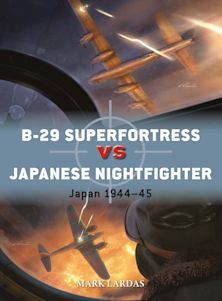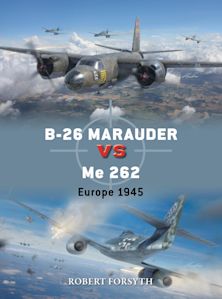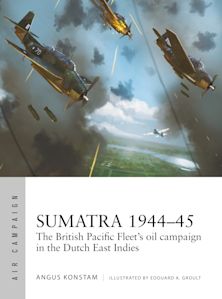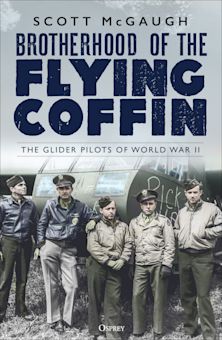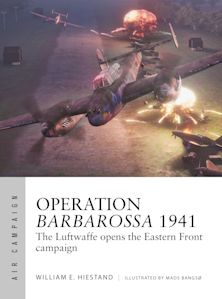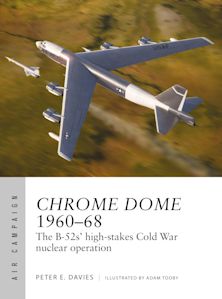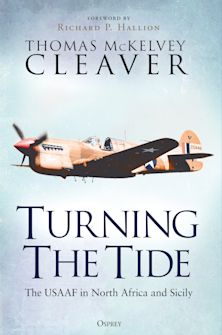Osprey Publishing Home
Meteor I vs V1 Flying Bomb
1944
Meteor I vs V1 Flying Bomb
1944
- Delivery and returns info
-
Free CA delivery on orders $40 or over
Description
British jet fighters initiated jet vs. jet warfare when they fought Hitler's Nazi German V-1 attacks on London in World War II.
The V1 attack on London began on the night of 13/14 June 1944 from bases in Normandy. On 29 March 1945 the last one to fall on Britain was shot down by gunners in Suffolk. A total of 10,500 missiles were launched, of which 3957 were destroyed by the defences - 3531 reached England, 2420 falling in the London area. No fewer than 6184 people were killed and 17,981 seriously injured. Indeed, it could have been much worse, for by the end of the war the Germans had manufactured close to 32,000 flying bombs. The defences put forward to guard against the V1 were formidable - 23,000 men and women with their guns, radar and communications networks were installed on coastal sites. Squadrons of Britain's newest Spitfires, the F XIVs, and Hawker Tempest Vs were kept at home to battle the new menace. While the Spitfire F XIV and Tempest V had excellent low-level speed and were able to catch the V1, there was one aircraft that was much faster. Rushed into action on 22 July 1944 to help counter the V1 threat, Britain's Gloster Meteor I was the first jet fighter to enter RAF service. At low and medium altitudes the Meteor was faster than its piston-engined contemporaries, which in turn made it perfectly suited to 'anti-Diver' V1 operations. On 4 August the Meteor scored its first V1 victory. Having just closed in on a flying bomb, Flg Off Dean of No 616 Sqn squeezed the trigger but his guns jammed. Using the Meteor's superior speed, he was able overtake the missile and, using his wing tip, he tipped the craft over and sent it crashing into the ground. This was the first time a jet-powered enemy aircraft had been destroyed by a jet fighter without a shot being fired! It was also the world's first jet versus jet encounter. As the only jet fighter squadron in Allied service in Europe, No 616 Sqn would go on to shoot down 13 V1s. A small number perhaps, but the interceptions between the V1 and Britain's Gloster Meteor were historic, and ushered in a new era of aerial combat.
Table of Contents
Chronology
Design and development
The strategic situation
Technical specifications
The combatants
Combat
Statistics and analysis
Aftermath
Bibliography
Glossary
Product details
| Published | Oct 23 2012 |
|---|---|
| Format | Paperback |
| Edition | 1st |
| Extent | 80 |
| ISBN | 9781849087063 |
| Imprint | Osprey Publishing |
| Illustrations | 45 b/w; 18 col |
| Dimensions | 248 x 184 mm |
| Series | Duel |
| Short code | DUE 45 |
| Publisher | Bloomsbury Publishing |
Reviews

Resources
Discover More
Visit our exclusive member's website to see artwork, maps, and more from this book.

Resources
Book Vote
Tell us what titles you would like to see published by Osprey, then vote for your favourites in our monthly book vote!











